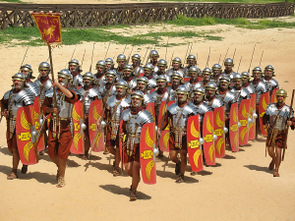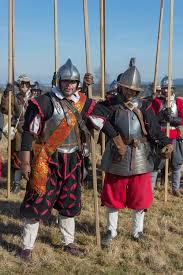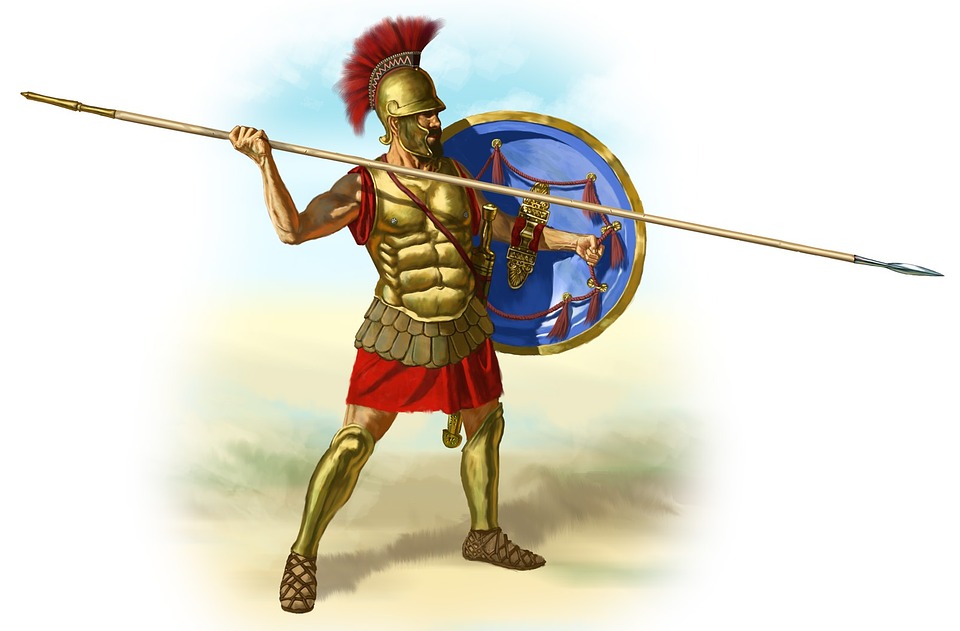Ancient Roman Spears Javelins: The Verutum, or plural Veruta was a short javelin used in the Roman army. This javelin was used by the Velites for skirmishing unlike the heavier pilum used by the Hastati and principles for softening the enemy before advancing into close combat.

The Verutum’s shaft was about 1.1 meters long, much shorter than the 2 meters pilum, and its point measured about 13 centimeters long. The Verutum had either an iron shank like the pilum or a tapering metal head.
The Verutum was adopted from the Samnites and the Volsci. During the 3rd and 2nd centuries, BC Roman light infantry known as Velites would carry seven Veruta into combat, proving to be quite effective weapons, even against war elephants as proven in the battle of Zama. In the late 2nd century BC the Verutum was taken out of service along with the Velite but the javelin was taken back into the legionary arsenal during the Late Empire.
How to Make a Roman Spear
A Spiculum was again a late Roman spear that replaced the pilum at around AD 250 as the infantryman’s main throwing javelin. Scholars supposed that it could have resulted from the gradual combination of the Pilum and two German spears, the angon and the Bebra.

As more and more Germans joined the Roman army their culture and traditions became a driving force for change. The Spiculum was better than the old pilum for retention in the hand, used as a thrusting spear, but still maintaining some of the former weapons penetrative power when thrown.
The main difference between the Spiculum and the pilum was the length of the thin point. The spiculum tended to have a much shorter iron point. Thus, the Spiculum was significantly shorter than its ancestor, perhaps 190 cm long.
The Spiculum had a medium iron shank attached to the head. Its exact design is not fully known as there are many variants. The spiculum fell out of favor with the Roman army sometime after AD 400.
Roman Hasta
Hasta was a Latin word meaning spear. Hastae were carried by early Roman Legionaries, in particular, they were carried by and gave their name to those Roman soldiers known as Hastati.

However, during Republican times, the Hastati were re-armed with Pila and gladii and the hasta was only retained by the Triarii. As opposed to the pilum, Verutum or Lancea, the hasta was not thrown but used for thrusting.
Ancient Roman Spears Javelins and Spiculum
An hasta was about six and one-half feet or 2 meters in length with a shaft generally made from ash, while the head was of iron. The Roman soldiers would use a variety of Ancient Roman Spears Javelins including 2 handed lances, Javelins, and Thrusting spears.

The poles were made from ash, oak or Hazelwood and the pointed heads of the spears were made of iron or an iron alloy. The points could be secured to the end of the pole by lashing them tightly with leather ties.




